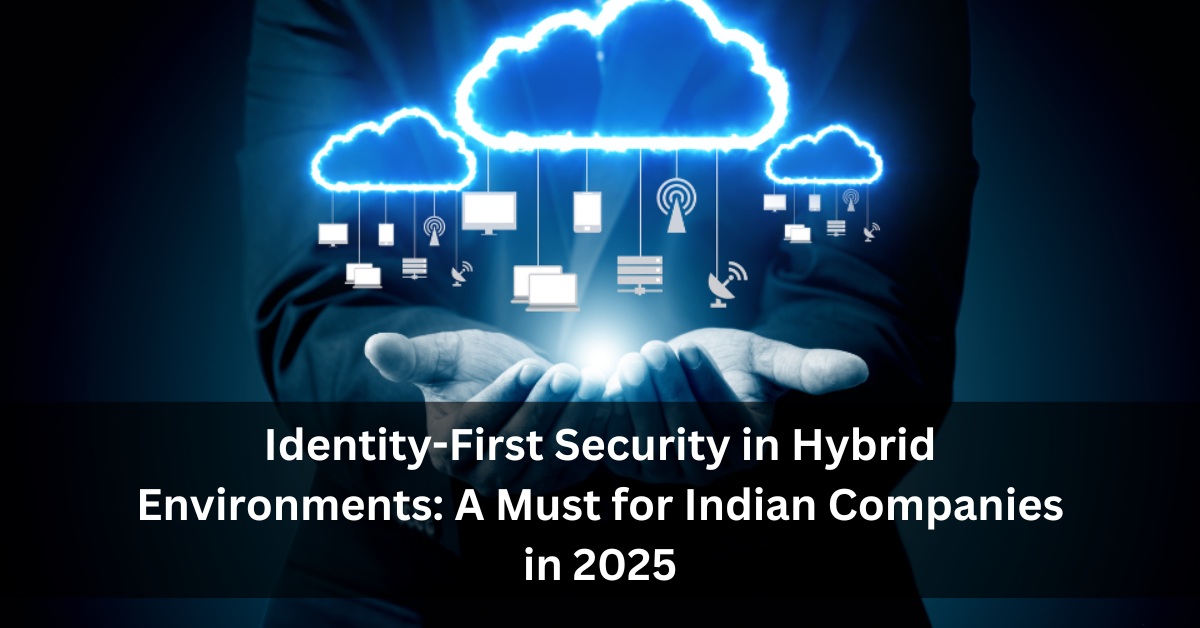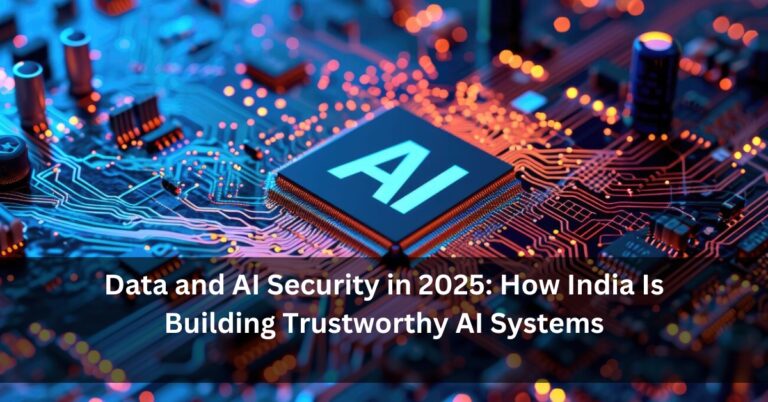Identity-First Security in Hybrid Environments: A Must for Indian Companies in 2025
Identity-First Security is becoming one of the most talked-about topics in the tech world right now. As more companies in India are moving to hybrid setups—where some people work from office and some from home—it’s clear that just having passwords or firewalls is not enough to keep your business safe. Instead, the new rule is simple: secure the person, not just the system.
At Bloggers Hub, we’re breaking down what this really means for Indian companies, tech teams, and everyday internet users.
What is Identity-First Security?
Earlier, companies used to protect their systems from outsiders using firewalls, antivirus, and network-based tools. But times have changed.
Now, people are logging in from everywhere—phones, tablets, laptops—and not just from office. So instead of focusing on “where” the access is coming from, the new way is to focus on “who” is accessing it.
This is what we call Identity-First Security. It simply means the first step in protecting your digital business should be identifying and verifying the person or system trying to access your data.
What is a Hybrid Environment?
A hybrid environment is when a company uses both traditional in-office servers and modern cloud systems like Google Drive, Microsoft 365, or Zoom.
For example, a small IT firm in Pune may have some software hosted in its own office but use cloud-based apps for meetings and emails. This mix makes life easy—but also opens up more chances for hackers if things are not secured properly.
Why Indian Companies Must Act Now
India’s digital landscape is booming. From small shops using UPI to big IT companies serving global clients—everyone is online. But this also means that cyber risks are higher than ever.
Here’s why adopting Identity-First Security is important in 2025:
- Many Indian firms now allow remote work.
- Startups often rely heavily on SaaS tools.
- Employees use personal phones for office work.
- Government rules are becoming stricter about data privacy.
If your identity systems are weak, even a simple phishing email can let a hacker inside your network.
Easy Ways to Start with Identity-First Security
1. Multi-Factor Authentication (MFA)
MFA is like locking your house with two locks instead of one. Use a password + OTP, or password + fingerprint. It’s easy and very effective.
2. Use Single Sign-On (SSO)
SSO allows employees to log in once and access multiple apps. It saves time and improves security.
3. Zero Trust Policy
This means “Never trust, always verify.” No matter who is logging in—even the CEO—there should be regular checks in place.
4. Track Who Does What
Keep logs of user activity. If something unusual happens, you’ll know who did it and when.
5. Role-Based Access
Not every employee needs access to every file. Give access only to the data a person needs to do their job.
What About Bots and Software?
Yes, even bots and software need identities! These are called “machine identities.” If you don’t manage them properly, they can become a backdoor for cybercriminals.
In large systems, automated software connects servers, pulls data, or runs tasks. Give them unique credentials and limit their access just like humans.
Top Identity Threats to Watch in 2025
- Phishing Emails – Still the easiest trick to steal login info.
- Weak Passwords – People still use “123456” or “admin.”
- Fake Devices – Someone can pretend to be your employee using a fake phone or laptop.
- Cloud Misconfigurations – Mistakes in cloud settings can expose important files.
What’s Happening Globally?
Tech giants like Microsoft, Google, and IBM are fully moving to Identity-First Security. Even Indian companies like Infosys, TCS, and BYJU’S are adopting these new practices.
In fact, government departments are also moving towards “Zero Trust” systems to secure citizens’ data.
Final Thoughts
Digital transformation is no longer a choice. Whether you’re running an IT company in Bengaluru or a retail chain in Lucknow, your staff and systems are always online. So, security must start with identity.
If you know who is entering your system and why—they are less likely to cause harm.
Start simple:
- Add MFA
- Limit access
- Train your team
- Monitor regularly
Because in 2025, it’s not just about protecting your data—it’s about protecting your people and your brand.
📌 Stay updated with the latest in tech, security, and business strategies on Bloggers Hub—India’s growing voice in the world of technology.







